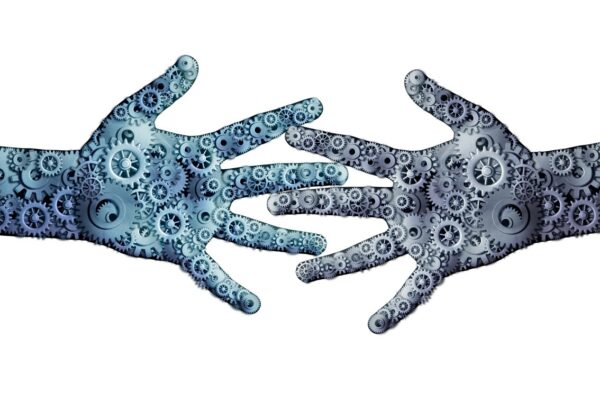
Have you ever met with utility analytics practitioners who are grappling with the same questions you are? I have. Have you ever participated in a meeting to help vet an early iteration of analytics architecture? I have. Have you ever been part of a community that includes representatives from business, IT and analytics–electrical engineers, data scientists, data engineers, project managers, analytics directors? I have. Utility Analytics Institute (UAI) provides all this insight and more.
UAI members learn from other utilities. The institute is built on a “birds of a feather” model, with UAI Communities led by and for utility industry professionals and organized by topic areas relevant to utility analytics leaders and practitioners. It is a great way to bring together utilities in a collegial environment to tell their stories, offer advice and ask questions, and build long-term relationships between members. I have seen it firsthand. What members learn is applied directly to what they are working on.
UAI Communities engage in multiple ways. Monthly meetings feature presentations by utility peers with plenty of time for questions and answers. Interactive problem solving is another format, where breakout groups work through approaches to common problems. The membership website, UAI Connect, also gives Community members a chance to initiate conversations between meetings. If you don’t know much about UAI Communities, they are definitely worth a look.
Introducing the UAI Community line-up
New this year, Communities will expand beyond a one-year term, giving the membership an opportunity to get to know each other better.
Here’s the list:
- New – Asset Analytics Community: Back by popular demand, asset analytics is a pertinent topic for this asset-heavy industry. This Community is in the process of creating its charter. Broadly, the group will look at performance strategies, tools and metrics to monitor asset health, extend asset life, reduce equipment failure and increase the efficiency of field work.
- New – Customer Analytics Community: Customer analytics also is back by popular demand. Utilities have solidified their commitment to customer analytics by creating new leadership roles such as director of customer and data analytics. As utilities seek to enhance customer service, there is a lot to explore – propensity, behavior patterns, digital engagement, payment trends, risk analysis, etc.
- New – Grid Analytics Community: If you asked three people what grid analytics is, they likely will have four different opinions. New this year, this Community will define grid analytics, explore use of analytics as “eyes in the field” to provide early predictors, and discuss the application of analytics to near real-time and real-time data for detecting immediate threats.
- Analytics, Architecture and Technology Community: Better known as the ATT, this Community will focus on identifying architecture and technology for successful analytics and data science programs, including modern architecture, agility, and democratization and budgeting for Big Data.
- Data Science Community: This Community will examine machine learning and deep learning models. The group will cover the novel use of models from other domains, models from common utility use cases, model validation and operationalization.
- Enterprise Analytics Community: This Community is all about making the concept of “enterprise analytics” a reality – gaining executive buy-in and support, and understanding organizational frameworks, maturity assessment, use case prioritization, change management, employee education and supportive business processes.
- Natural Gas Analytics Community: Natural gas analytics are similar to analytics for utilities in general — risk analytics, root cause analysis, validation, predictive analytics, natural language processing and image analysis – but with a lens on natural gas customers and infrastructure.
- Safety Analytics Community: This Community’s aim is to reduce Serious Injury and Fatality (SIF) exposures through the use of prescriptive and descriptive analytics. The group will look at organizational design as well as cultural and human performance factors, ranging from fatigue management to skill set needs and training.
Communities for where we are
Most industries are clustered in a limited number of geographies. In contrast, utilities are spread out but virtual meetings provide many opportunities for practitioners from across the country to get together. While restricted travel in recent months has demonstrated the benefits of virtual meetings, UAI has been conducting online meetings for years. It is clear that UAI has benefited from their experience, while other organizations are still experiencing growing pains in this area.
Check out the UAI Communities today. If you are already a member of UAI, you get unlimited access to UAI Communities and can request to join one or all Communities. Not a UAI member? Join UAI to get involved.















